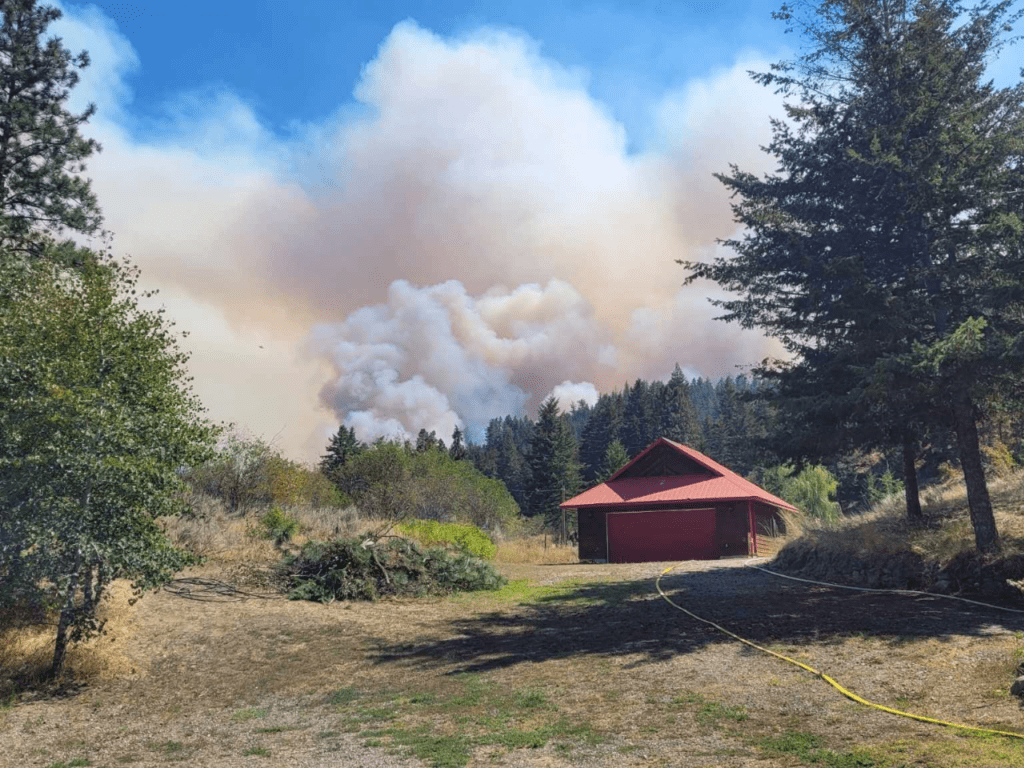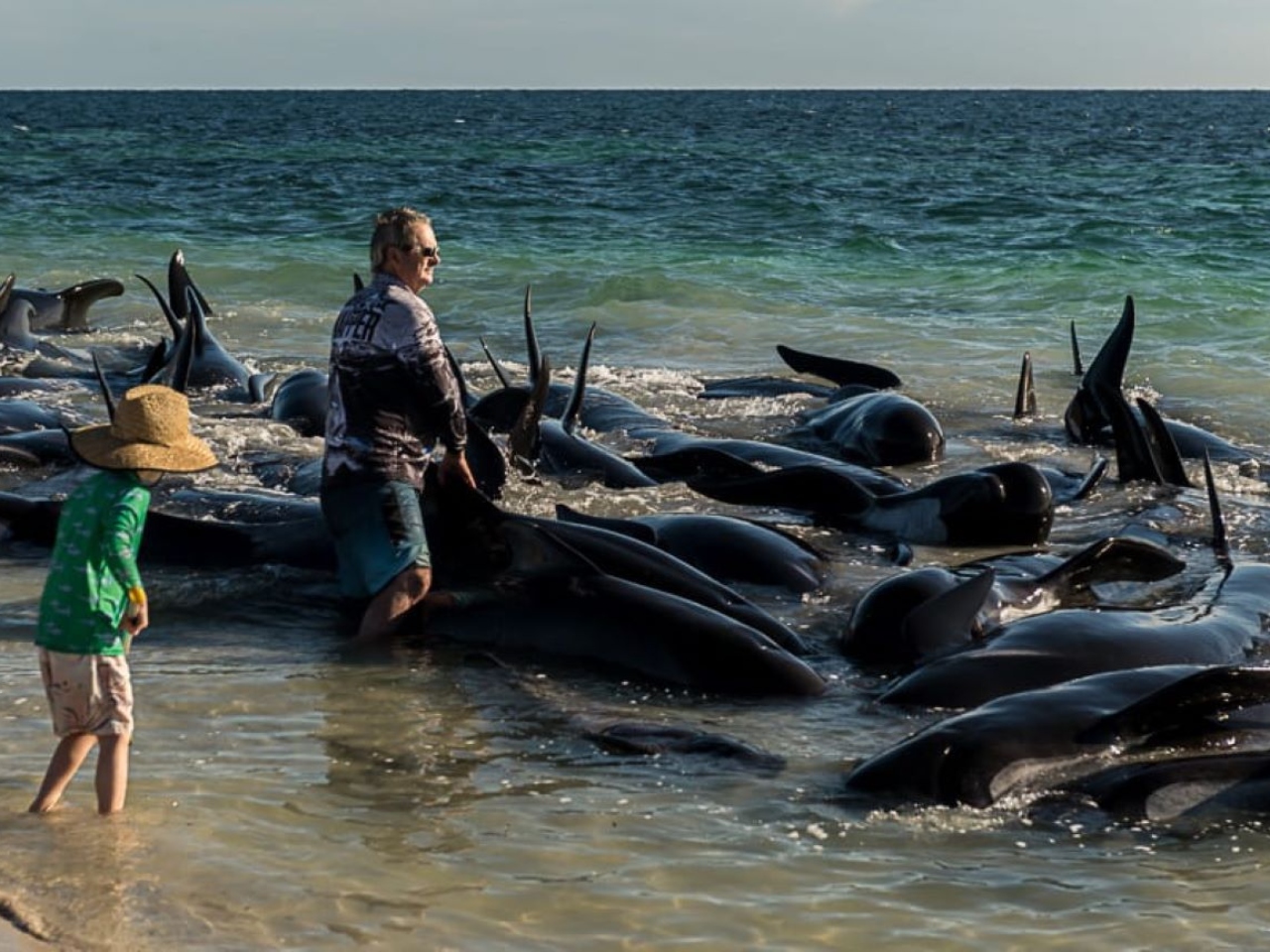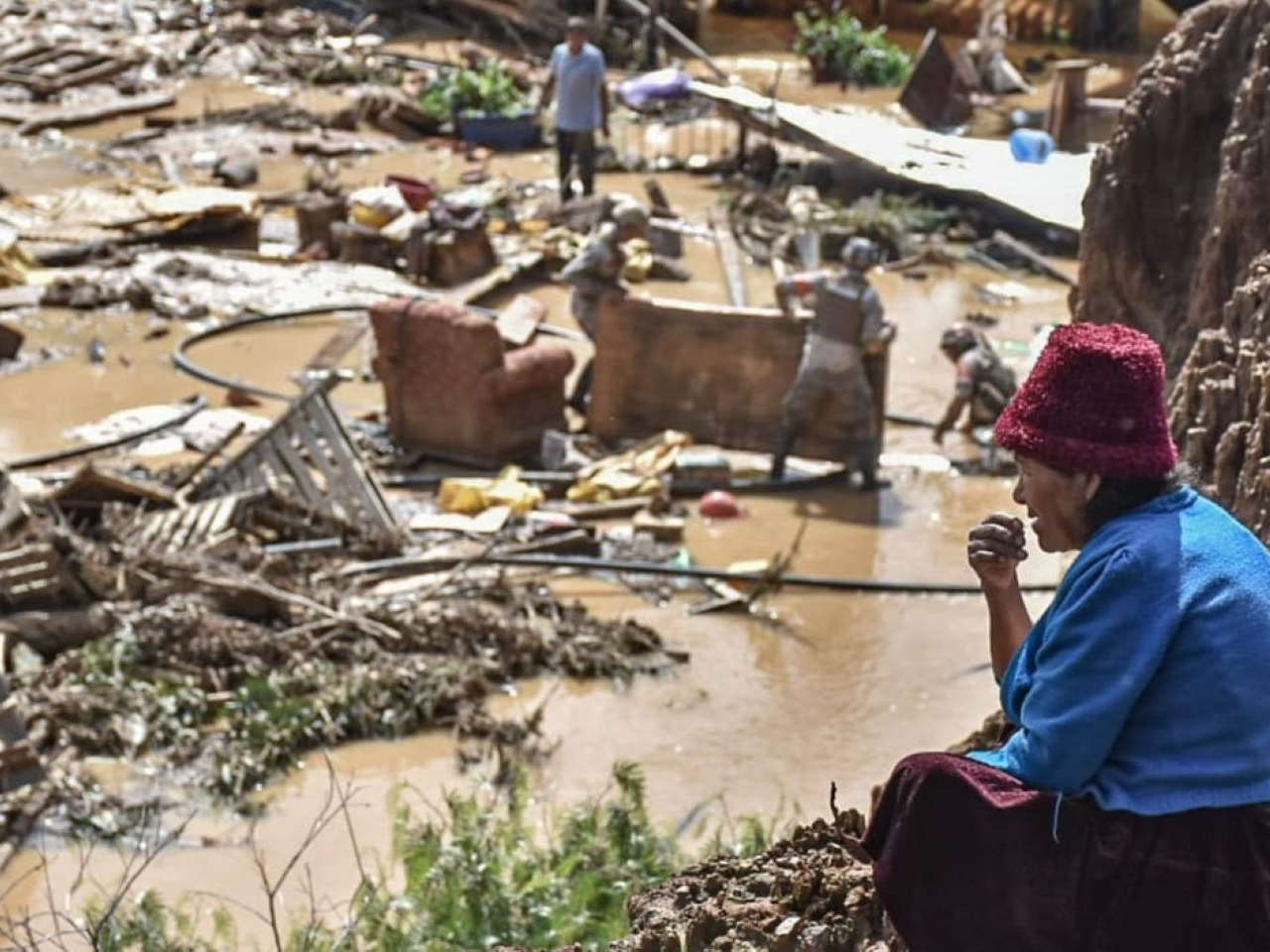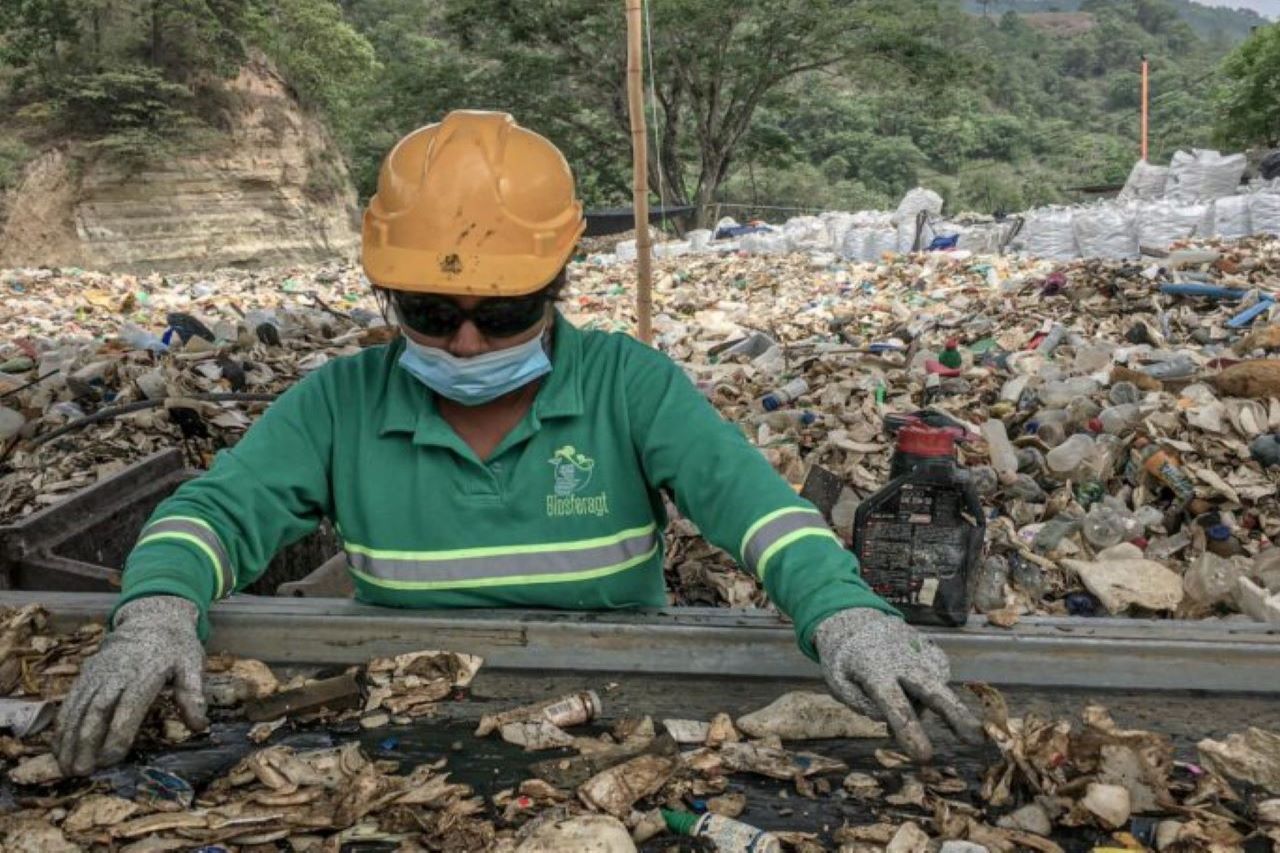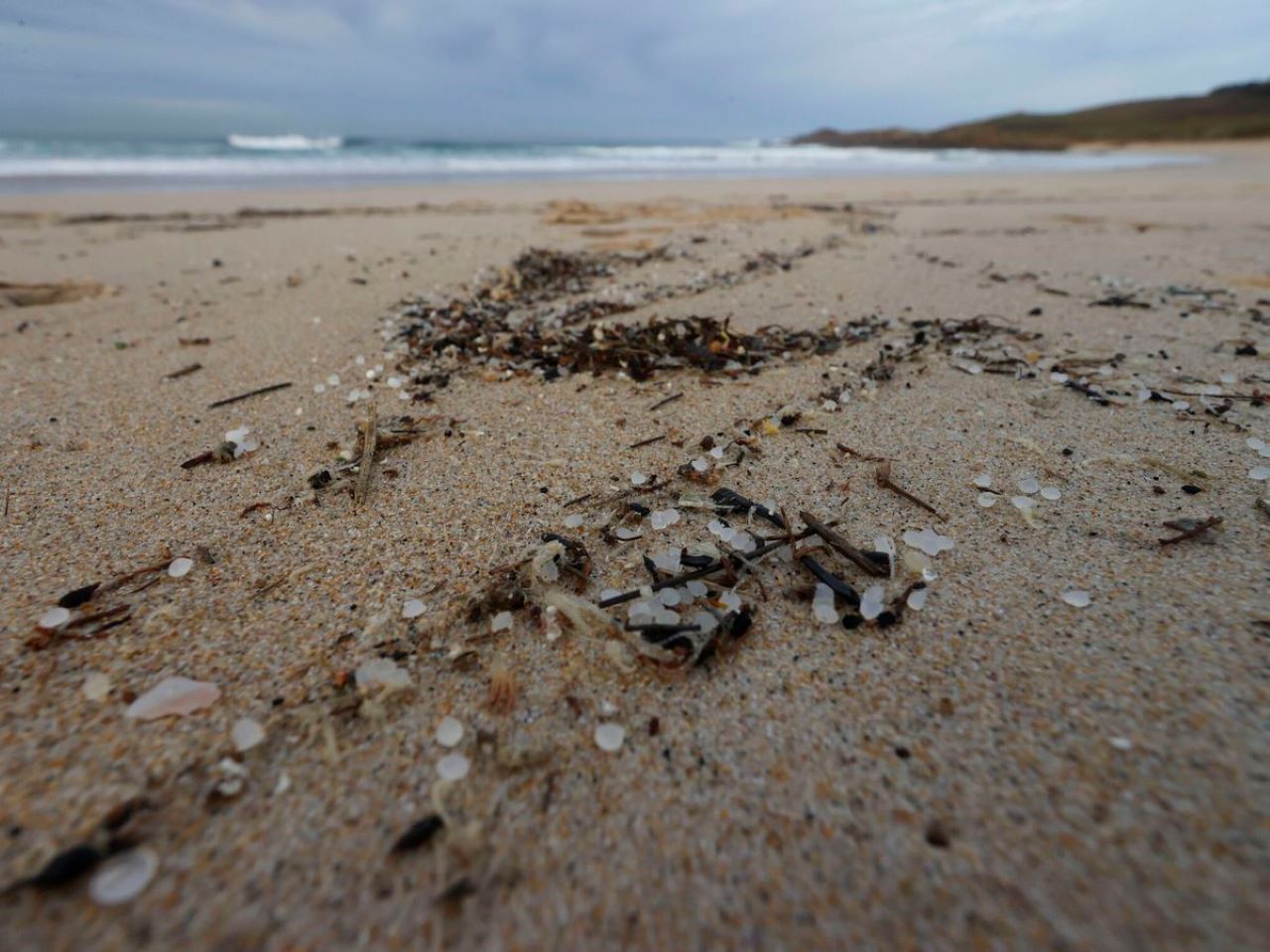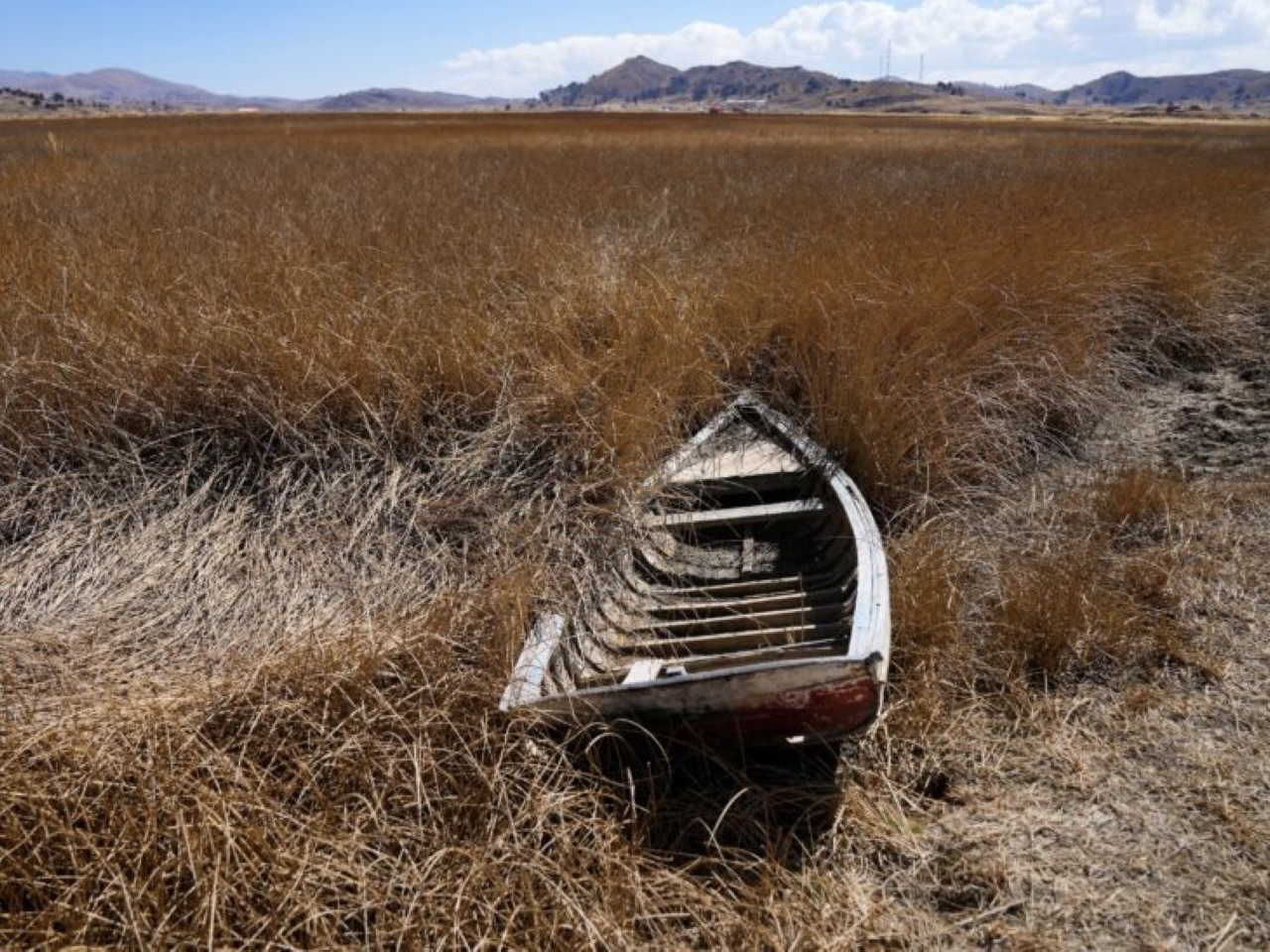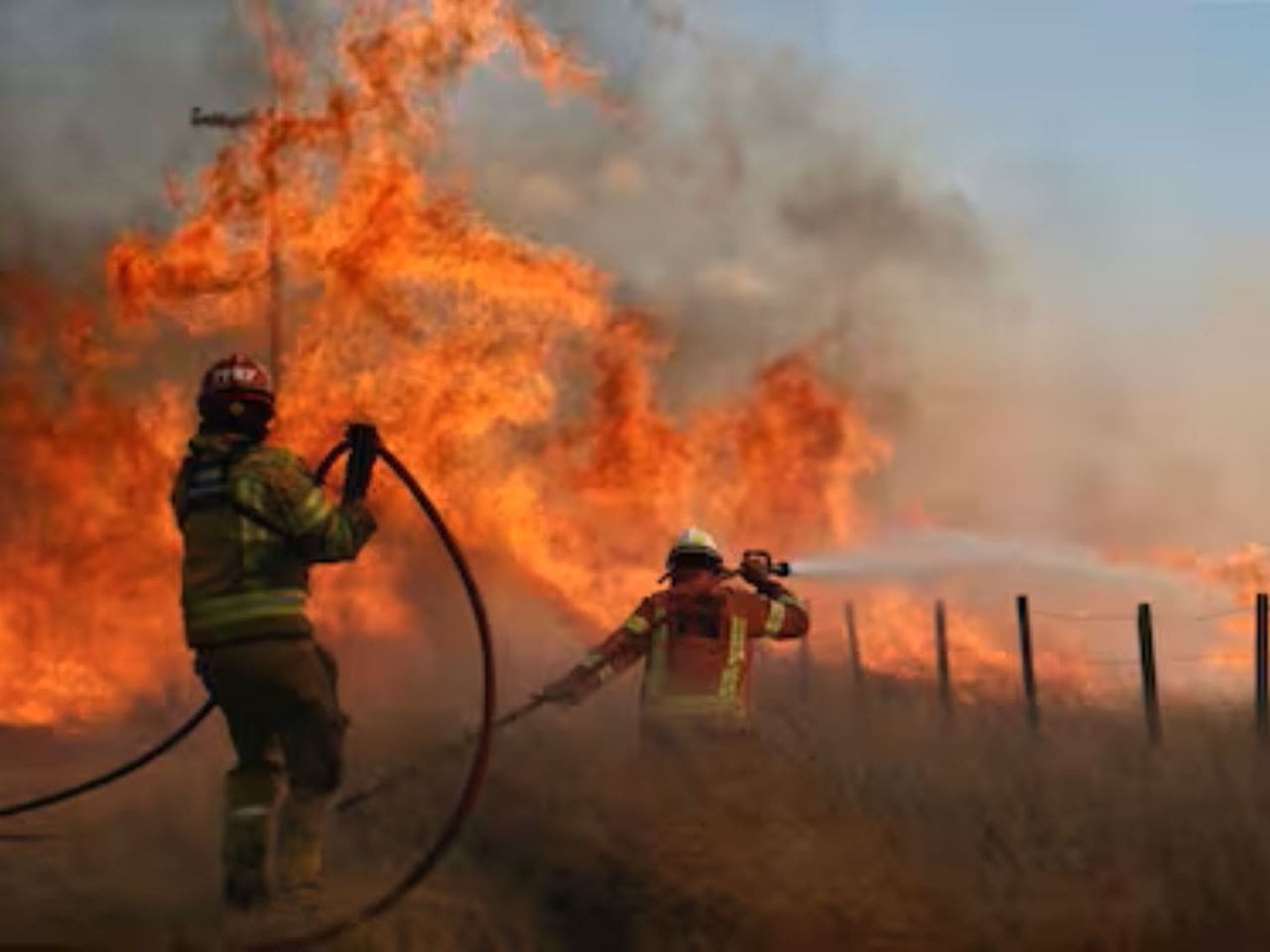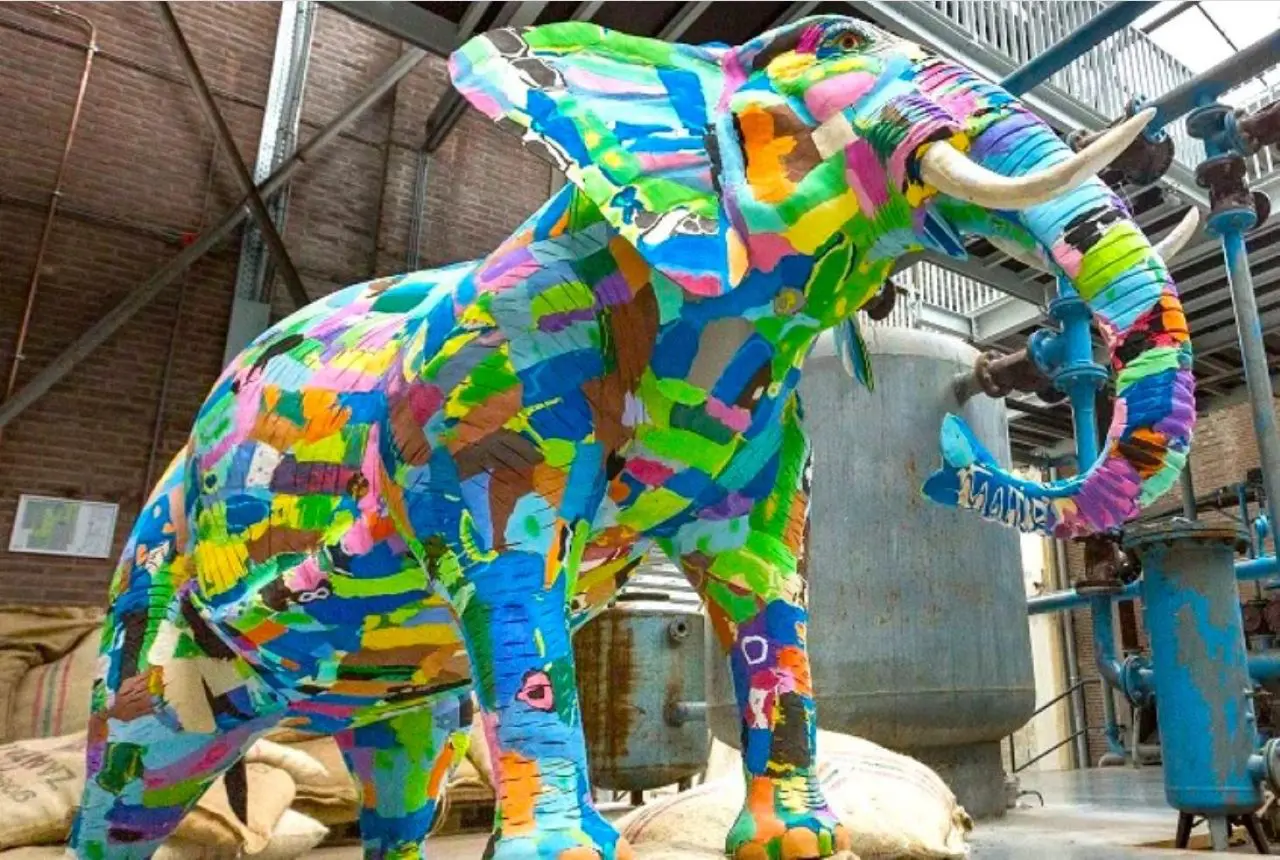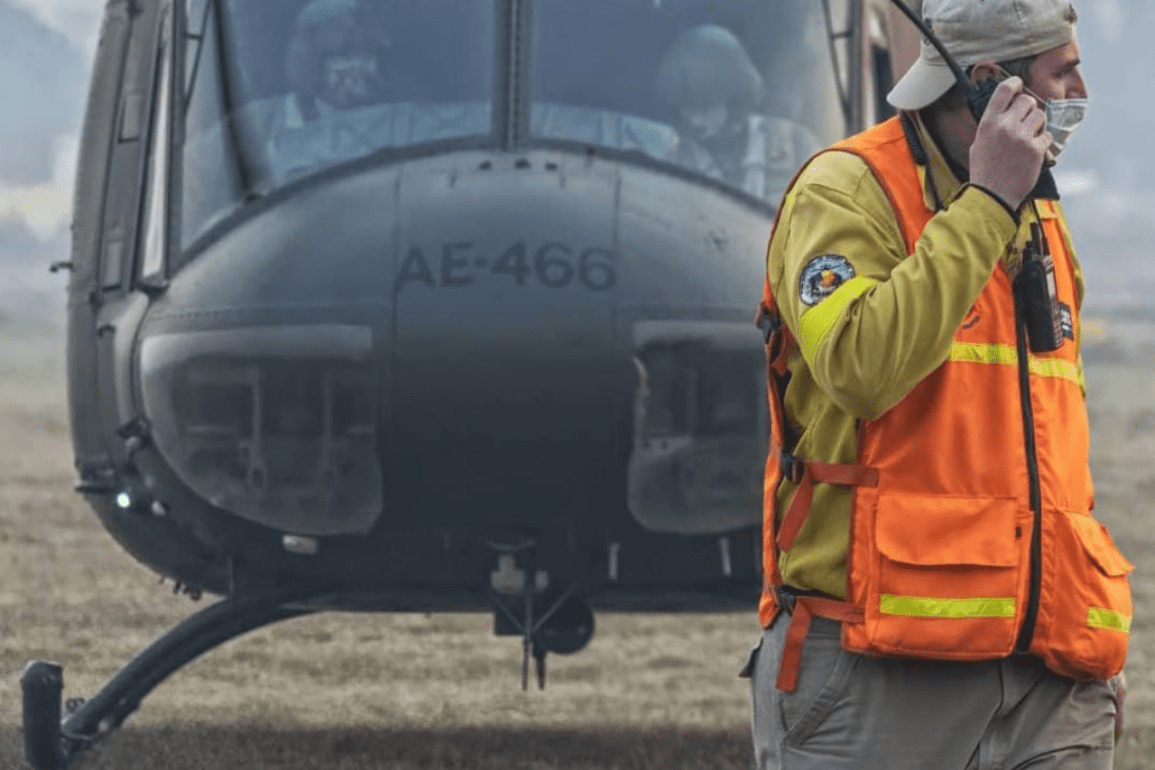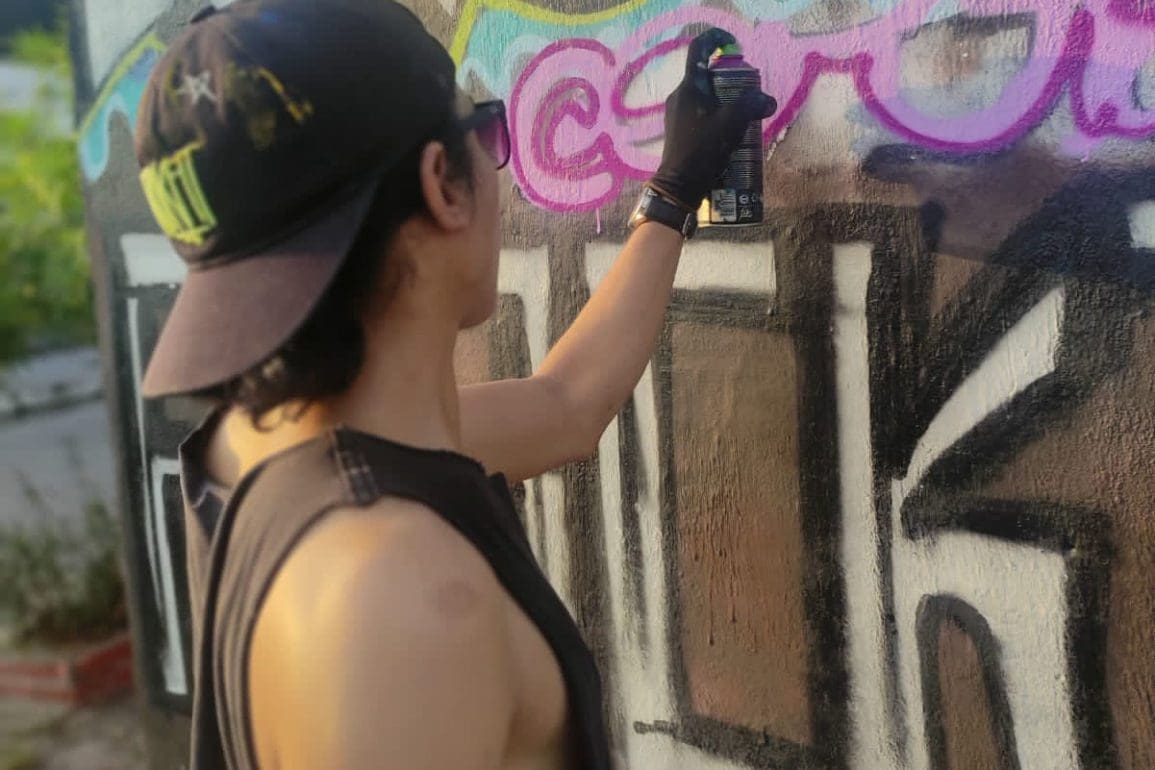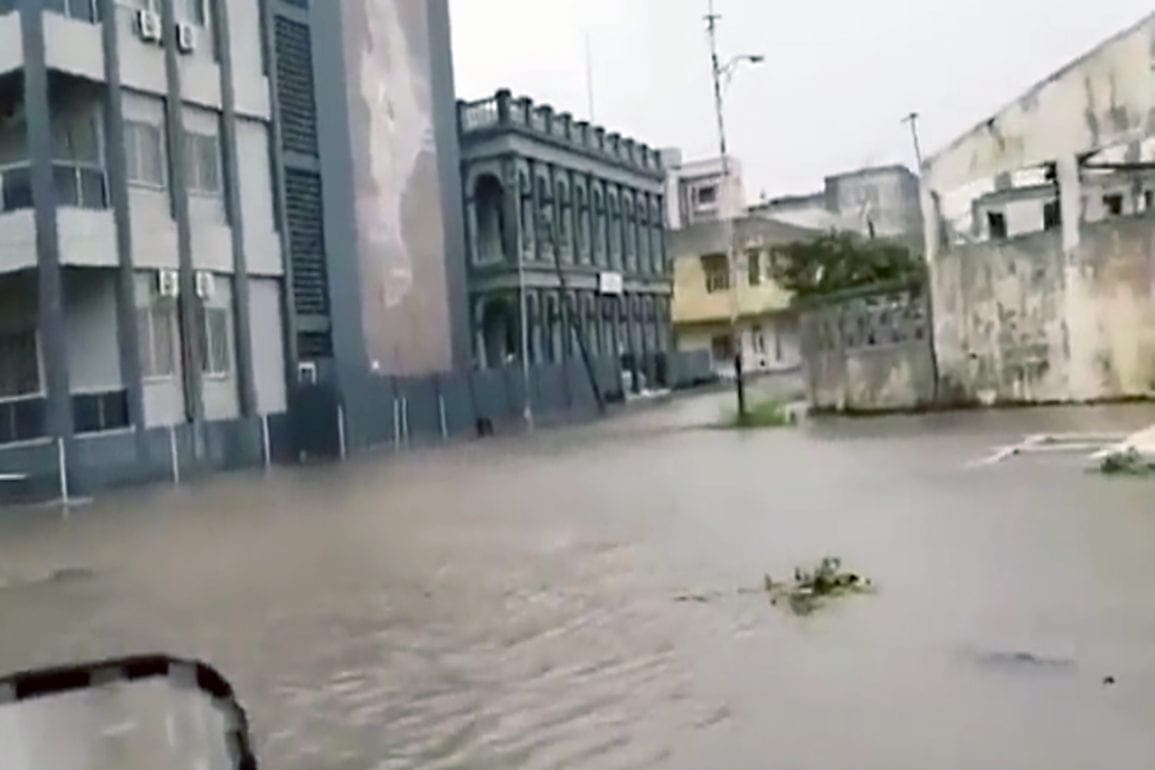Canadian wildfire threatens town in British Columbia, hundreds of people flee
I kissed my husband and said goodbye before leaving with my son. Descending the hill, the landscape resembled a war zone, the horizon illuminated by flames, casting an eerie light. Thick smoke shrouded everything, and ash fell from the sky incessantly.
- 2 years ago
August 6, 2023

KILPOOLA, Canada — When the alert came in, we stood inside the garage. The urgency felt palpable. We knew the wildfire near our home was moving fast. By 7:00 p.m., it reached the Oroville-Osoyoos border, ready to consume the local golf course. Without hesitation, I alerted other residents using the Kilpoola Facebook group and prepared to evacuate.
We gathered the essential items on our checklist and deposited them in our motorhome. I kissed my husband and said goodbye before leaving with my son. Descending the hill, the landscape resembled a war zone, the horizon illuminated by flames, casting an eerie light. Thick smoke shrouded everything, and ash fell from the sky incessantly.
Taking shelter at a friend’s house, we watched from her deck as smoke covered the skies, likely from structures in the hills or across the state border. Our concern heightened as we monitored the golf course, fearing potential home losses. Remarkably, not a single house burned. The experience felt surreal as we rode a roller coaster of emotions. Everyone has worked together leaning on the support arriving from far and wide. Crews joined us from various provinces and from California.
Read more environment stories at Orato World Media
Fire crews scan property, new measures ensure protection
Our house, nestled at Mount Kruger, sits a mere two-minute drive downhill to the highway and seven minutes from downtown. On the day the alert came in, we spotted dense smoke concealing wildfire flames. Yet we could not see the flames themselves. On that Saturday night, our friends in town sounded the alarm at 9:00 p.m. They observed the fire’s rapid progress and initiated the evacuation.
After we left, around 11:00 p.m., the wind subsided and shifted northward. Without that sudden change, our neighborhood would not exist. The shift allowed fire crews to intervene and safeguard our community.
When the situation eased the following morning, we returned home and spent the next three days cleaning the yard. We walked alongside the fire crews, absorbing their suggestions to enhance our home’s protection.
Every morning, a new team arrived, exchanging clipboards and scanning our surroundings. They advised trimming branches higher, relocating outdoor propane tanks, and clearing debris. We had overlooked two of our outdoor propane tanks.
Fire structure experts arrived and helped us install sprinklers to fortify our home. We have a steeply pitched roof, and my husband devised a means to elevate the sprinklers. Since we installed the sprinklers, smoke and dust clogged them three times. My husband remains on-site, resolving obstructions and ensuring the sprinklers work properly.
First responders toil day-after-day, engaging us and preparing the area
Beautiful blue skies emerged early in the morning for several days as the wildfire dampened down, but when the wind picked up in the afternoon, the flames became visible. By evening, thick black smoke blanketed the area. We stand ready with a 13,000-gallon water tank, fire hoses strategically positioned across our property, and a forestry pump.
We are among those who stay to protect our property: a choice which spurs heated debate. Positioned atop the mountain, we have a vantage point overlooking the roadway. Our truck is ready for immediate departure. As metal artists, my husband and I have a building next to our home where we work. Its loss would be devastating, putting our future at stake. We know life is more important, so we do not place ourselves or others at risk. We remain in our yard, prepared to dampen and depart if necessary.
The collective efforts of the Royal Canadian Mounted Police, firefighters, and aerial support remains truly extraordinary. Their dedication astounds us. Standing in the yard, we often ask, “Are we in your way?” Their response is always the same: “No, this is great.” As they familiarize themselves with the surroundings, they write important details we share in their notepads. In the daylight, they work relentlessly deploying hoses, filling pools for the sprinkler systems, and positioning sprinklers on rooftops throughout the area. It is truly amazing to watch.
After days of diligent preparation, “I made the final call to evacuate”
Over the past three days, my efforts focused on aiding my husband. Together, we sorted pine needles, pruned branches, and conducted thorough maintenance. We cleared gutters in the shop and took on every task to enhance our chance of safeguarding our home and business. To quit without a fight – to not give it everything – seems simply inconceivable. Having lived here about six years, this is our first evacuation.
Previous wildfires raised concerns but never jeopardized our property. The possibility of losing our home proves a new and unsettling reality. We never experienced this kind of heat, aridity, and relentless winds from the direction of the fire. Yesterday, I evacuated for good. The decision came from the escalating danger. Tuesday night’s forecast predicted severe conditions. Meanwhile, my husband stayed home.
We aim to remain unobtrusive and not hinder any operations by authorities. With three distinct vantage points from the mountain that overlook the road, we can make our escape. Quite frequently, people send updates on the situation and if authorities deem it necessary, my husband stands ready to leave, the truck positioned towards the driveway, ready to start. He will activate the pump, douse everything with water, and run.
We know that when the water bomber planes target our neighborhood it offers a clear sign for us to evacuate. Their precision and effectiveness prove remarkable, with a primary concern to prevent loss of life. No one in the area will go down with their house. Our route to the highway takes only a minute and we believe we are taking all necessary precautions.
Despite worst wildfire season on record, homeowners uphold a positive outlook
After all of this chaos, I feel overwhelmed by the kindness of others. Blair and Maureen of Ogilvy Electric offered us use of their RV pad as a safe and comfortable space for our motorhome. Our daughter resides nearby, just a couple of doors down on a different street, and some neighbors across from us found refuge near her. Seeing the Osoyoos’ Gala Crescent community of Kilpoola residents band together warms our hearts.
This morning I talked to my husband. The water bomber planes circle the wildfire, diligently releasing retardants wherever they deem necessary. They work tirelessly to combat the blaze. [The night before this interview] I finally slept properly after almost six days. The exhaustion became so intense, I fell asleep while monitoring incoming messages on my phone.
As I drove away on Wednesday, waving goodbye, I shared an unspoken understanding with the first responders. Their meaningful eye contact reassured me. It was if they said, “We are here for you, and we’ll do our best.” I hoped my gratitude resonated through my gaze. This shared bond will remain forever, no matter what happens to our home. Their tireless efforts and going the extra mile to protect our neighborhood have left an indelible mark on me.
[The Canadian wildfires not only threaten residents in nearby areas, the smoke has spread throughout the region and into the United States, causes dangerous air pollutants and prompting air alerts and stay-indoor recommendations.]

